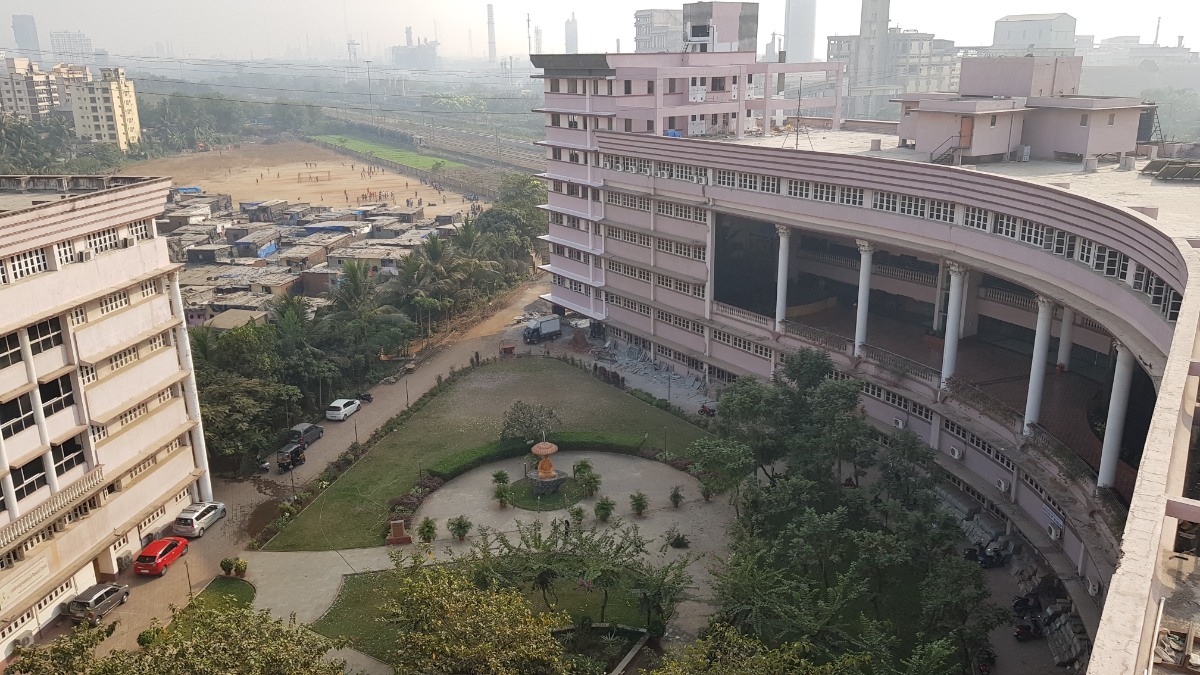- Old residential buildings (built in 50s to mid-90s) have several ornate architectural features, mouldings, arches, thoughtful designs, Victorian balconies, and grills etc. however, now all buildings look similar, and barely have any design features. Why so?
In today’s time, the ornate features of architecture have changed. Today’s architects have a greater focus on overall form and its purposes. Additionally, construction can now move more quickly than ever to satisfy the current housing necessities thanks to innovation in building materials and technology. Which resulted a similar outer look of the residential buildings. Doesn’t mean that the essential construction techniques, such as the constriction of an arch or a dome, are not relevant to the time. Today, we typically use it as a decorative element to redefine conventional typologies for the Modern era. Even while these techniques might not be as common in contemporary homes, they are nonetheless essential to architectural design.
- Environmentalists believe that the nooks and corners that old building designs provide, were beneficial for birds to make their nests. In fact, buildings with reflective facades are believed to confuse birds and they often bang into such buildings. Are developers/architects now taking note of this point and making changes to their designs? How so?
A “Chabutara,” or platform for birds, has been used traditionally as a permanent habitat for the local species of birds. Normally, people feed the birds on this platform. Since there were no tall buildings at the time, the sky was relatively clear for the birds. In today’s scenario we need to accommodate more people in the city due of the fast urbanisation, so we often construct skyscrapers. The number of people increased, and the number of automobiles on the road increased as well, causing birds to leave the area. The urbanisation disrupts the eco-system. To balance the eco-cycle of the city, we fundamentally need to consider nature as a part of the design or planning process. So basically, to maintain the eco-cycle of the city and to cope with such a problem, a responsible designer or city planner must consider the presence of nature as a part of the city and require retaining certain traditional practices. One approach is to use non-reflective glass or apply details to windows to make them more visible to birds. Another approach is to incorporate bird-friendly design features such as bird-safe building materials, nesting boxes, and green roofs. Some cities have also implemented bird-friendly building guidelines or regulations to promote the adoption of bird-friendly design practices. However, these efforts are still limited, and more action is needed to ensure that new buildings are designed with bird safety in mind.
- Why is aesthetics slowly going away from modern buildings? Most buildings across cities, and even countries look the same.
Aesthetics is extremely subjective concept. The concept and expression of architectural aesthetics have evolved throughout time. With modernisation and Glass and concrete taking over the traditional materials, the Aesthetics has been shifted to ape the western culture and the aspiration of people to have more glass buildings have led to change in the Aesthetics of modern buildings. In architecture various building element and structural elements can be the part of aesthetics. Previously the more detailed articulation of the space was considering as part of aesthetics, today for us the functional aspect is more essential than the interior or exterior articulation of the building. But today it is essential to define the living architecture, which help people to connect with their culture, with their roots. Today, the exposed building material, exposed services, innovative use of the material and technology, vertical garden, the parametric building design, the energy efficient building facades etc considered as a part of architectural building aesthetics.
- How do you feel building designs in India evolve in the next decade?
The role of architects in promoting sustainability and reducing the carbon footprint of buildings is crucial in addressing the environmental challenges we face today. Constructing with environmentally friendly design principles in mind can reduce energy use, save money over time, and enhance user quality of life. For considering the future of building design in the coming decade, we are educating the next generation of architects to prioritize sustainability and the consider the environmental impact of their design. Overall, it’s important for architects, builder, and designers to work together to promote sustainable building practices and reduce our carbon footprint.
- If you had to point out 3 pros of old buildings which the new modern buildings lack, what would they be?
- Climate Responsive Design
- Traditional Material Usage
- Long Building Life




